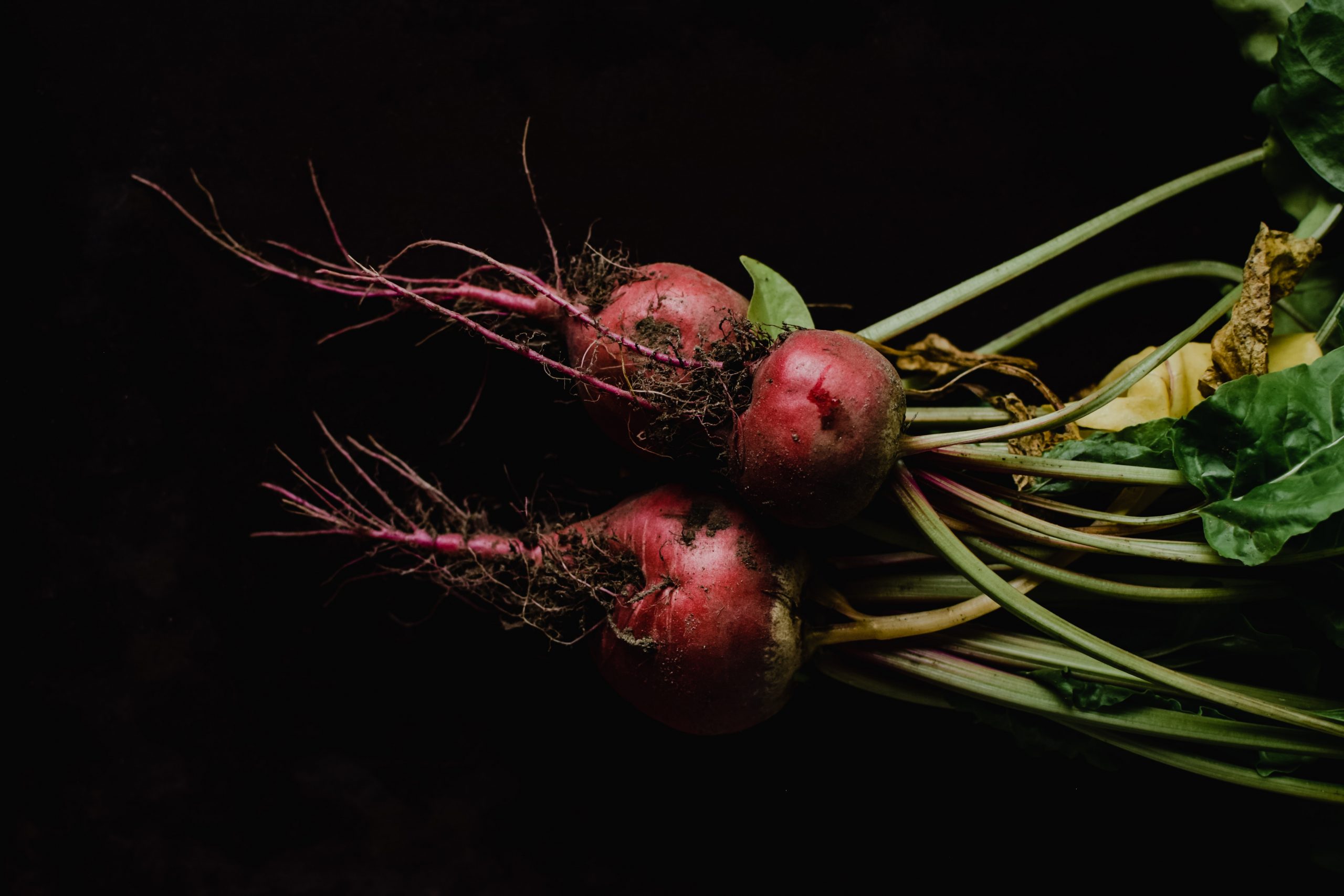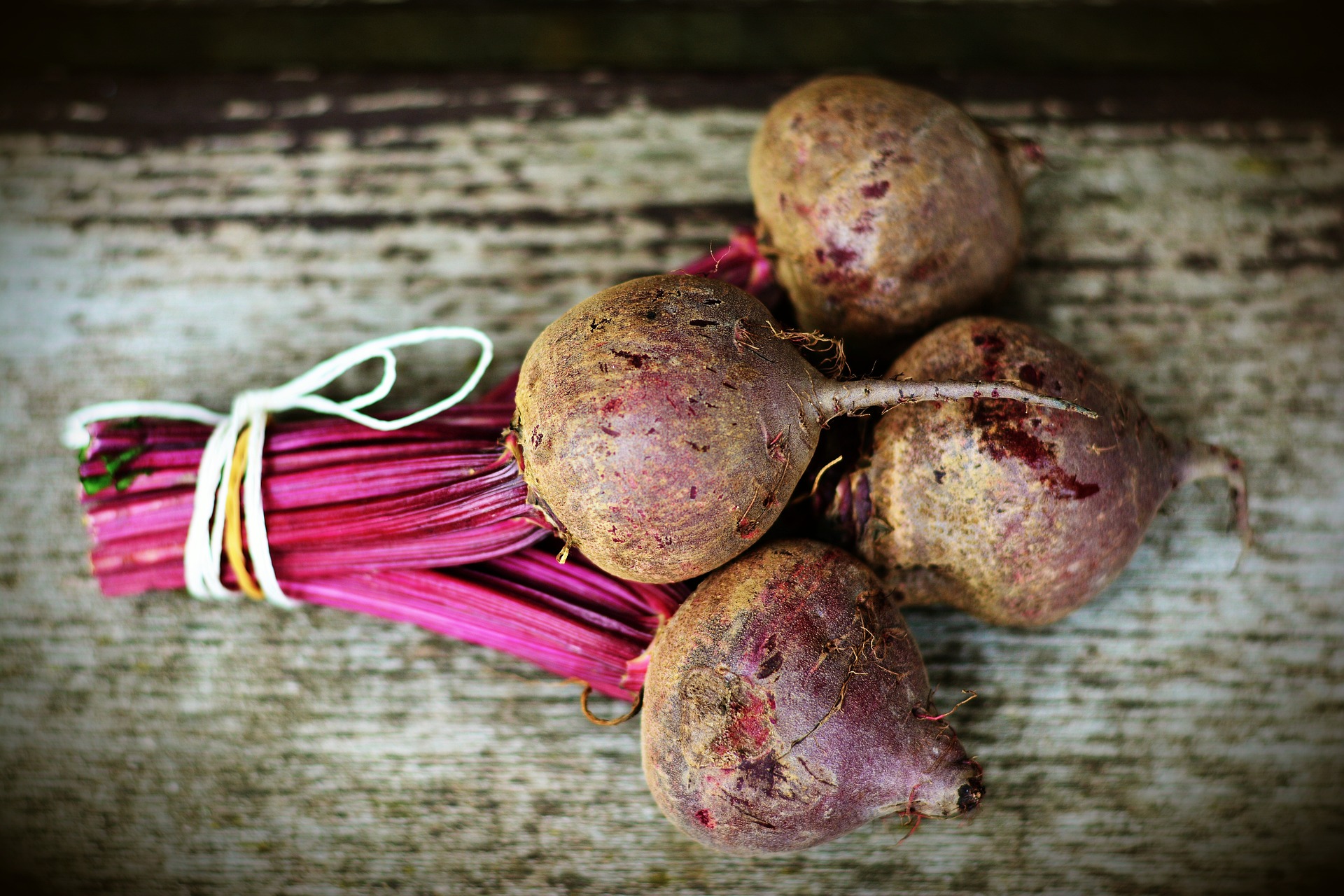You might be wondering how to store fresh beets. Whether you’re preparing a recipe for a family get-together or want to keep fresh beets around for the winter, you should know a few things about storing fresh beets. Whether you keep beets in the refrigerator, freezer, on the counter, or in a cellar, this article on beet storage has the solutions to all your queries about keeping them firm and fresh.

How to Store Fresh Beets?
Beets can be stored in a few different ways to increase their shelf life and conserve them for future use. The ideal place to keep beets for a short time is on the counter for one to three months or in a cool, dark area of your refrigerator. The best storage place for beets is the crisper drawer of your refrigerator. You’ll want to store them in a shallow, airtight container in a cool place.
1. Please Keep in the Crisper Drawer:
Beets bought at the supermarket should be kept in the crisper drawer in the fridge. Beets might spoil more quickly if wet, so don’t wash them. Instead, remove all but two inches of the stem.
You may also use the beet leaves; after cutting them off, store them in an airtight container and preserve them in the fridge for up to three days, washing just before use. These vegetables will keep for two months in the refrigerator (firmness will be a sign of how fresh they remain).
2. Freeze your Beets:
Wipe out any dirt or debris from the beet leaf before cutting off the chard. Beets should be simmered for 30 minutes in gently boiling water with the pot lid on. After cooling, pull the beets’ skins off and cut them into uniform pieces.
Transfer the just-boiled beets to an ice bath. Sliced beets may discharge vivid crimson fluids that stain countertops and clothing, so cut on a surface covered in protective paper towels. The chopped beets can be frozen for up to a year after being placed in a freezer bag.
3. Store with Peat Moss:
Beets grown in a vegetable garden can be harvested, dried, and stored in a root cellar with peat moss, sawdust, or sand to extend their shelf life. Spread two inches of sand, sawdust, or peat moss in a solid box. On top of the material, scatter a layer of beets without piling them on top of one another.
Then, add another layer of peat moss, sawdust, or sand over the beets, burying them two inches beneath the substrate. Maintain them in a cool, dry location with regular checks. Beets should be used if they are solid and free of flaws; if any are moldy, remove them from the storage container to prevent the spread of the mold to other beets.
4. Make Beet Pickles:
You can mix and match the tastes in your canning by using the food preservation method of pickling. Remove the chard from the stems, chop it, and simmer it in boiling water until it is soft (about an hour). Peel the beets, then cut them into small pieces after cooling them in an ice bath. Vinegar, salt, water, and sugar can be combined to make a brine.
Bring the mixture to a boil. Beets and brine should be added to your canning jars, along with any additional seasonings (such as thyme, rosemary, or garlic cloves), leaving an inch of headspace at the peak of the jar. After processing the jars by your pressure cooker’s instructions, you can keep the canned pickled beets in a pantry for 1.5 years at room temperature.
Beets can also be Stored in the Following Ways:
- An additional technique for the long-term storage of beets is pickling or canning. Compared to storing beets in the refrigerator, freezer, or cellar, this technique may enable them to remain usable for a significantly longer period.
- The beets are pickled by first roasting or boiling them to get them soft, then putting them in a homemade vinegar brine and putting them in the fridge for up to a month, taking them out as needed to use in a salad or as a side dish.
- Regularly check your beets for any development or deterioration. To prevent the growth from spreading to your other stored beets, compost any beets that you notice have begun to disintegrate and remove them from the area where the other beets reside.
How do you Keep Fresh Beets in the Refrigerator?
When ready to use them in a recipe, beets can be kept in the refrigerator to keep them fresh. Follow these instructions to keep beets in your refrigerator for up to a month:
- About 1 inch above the root, cut the beet greens off.
- They will only degrade slowly if you wash them before storing them.
- Beets should be kept in a refrigerator-safe bag that has been vacuum-packed to remove extra air before being sealed.
- When ready to utilize the beets, take them out of the refrigerator’s crisper drawer.
- Inspect them frequently, and get rid of any bad beets.
Can you Eat Raw Beets?
Yes, beets can be eaten raw; It is delicious when cooked properly. Beets can be cooked in various ways, including roasting, boiling, microwaving, and roasting. If you want to include beetroot in your diet, choose a beetroot that is firm to the touch and free of blemishes. Also, be sure to use a stain-resistant surface.
Whether you eat beets raw or cooked, you will be surprised to know their health benefits. Adding beets to your diet is easy and can boost your health. They are also great for helping you lose weight. They are low in calories and contain many vitamins and minerals. They are also a great addition to salads and juices. You can cook them or serve them raw.
How to Freeze Cooked Beets?
Set them in an airtight container in the fridge or freezer if you need to keep them fresh and prepared for a quick supper. You can also freeze cooked beets in a freezer bag. Sealing the bag and placing the beets in the freezer as soon as possible is important. This will also keep them from drying out. Before freezing cooked beets, you need to clean them first. This includes removing any leaves or stems.
Additionally, you must ensure that the skin is If the skin is wrinkly, you may be dealing with dehydrated beets. If you find this, you will need to put the beets in the freezer for a few hours. The size of the beets and the storage circumstances will impact this. You can store cooked beets in the freezer for up to 8 months. They’ll stay fresh for approximately a week if you keep them in an airtight container.
What is the Shelf Life of Beets?
Beets’ shelf life varies depending on how you store them, but generally, beets have a longer shelf life than other vegetables. They can last up to a month if kept on the counter or in the refrigerator. However, if you pickle or can them, freeze them, put them in the basement cellar, or any other of these methods, beets will last for months at a time.
Beets dry out and lose their quality more quickly if stored as-is without taking the proper precautions to help retain moisture (such as cutting off their leaves). The best beets are those that are firm to the touch.
They are also the ones that have fresh green leaves on them. The greens prevent the moisture from escaping the beet. A damp insulator such as sawdust can help keep them fresh. You can also store the beets in a plastic freezer bag. They will last up to one year in the freezer.
Shelf Life of Cooked Beets: Putting cooked beets in the fridge or freezer can be beneficial for extending their shelf life. The shortest shelf life is four days; if you place them in an airtight container, they can last up to three weeks.
Are Beets Healthy for Us?
Vitamin B9, or the great folate found in beets, increases cell growth and function. Folate is essential for preventing blood vessel damage, which can reduce the risk of stroke and heart disease. Nitric oxide, produced by the body from nitrates, is naturally abundant in beets.
Nitrates and water-soluble organic compounds that are good for the heart can be abundant in beetroot. These compounds relax smooth blood vessel muscles and improve blood flow. They have also been associated with reduced arterial stiffness. They are also believed to decrease the risk of cancer and heart disease.
Beetroot also contains betanin, which is an antioxidant. Betanin has been shown to inhibit COX-2, an enzyme associated with inflammation. Beetroots are an excellent source of dietary fiber and manganese. They are also high in magnesium, potassium, and iron. Beetroot also contains oxalate, which causes kidney stones.
The utilization of functional elements, such as an active lifestyle and a healthy diet, as a treatment for various diseases worldwide, has been the research subject over the past few decades. Red beets and their active components have been linked to several health advantages, including antioxidant, anti-inflammatory, anti-cancer, blood pressure and fat reduction, anti-diabetic, and anti-obesity properties.
Conclusion
Beet leaves can be used in various ways and are edible, allowing you to enjoy their mouthwatering flavors. You might be concerned about what to do with the leaves, as slicing them is a common step in keeping fresh beets. If you’re storing beets in a refrigerator, move them to a crisper drawer. Aside from refrigeration, you can store beets in the freezer for a few weeks. Those in colder regions should consider storing them in the fridge. If you’re storing them in the freezer, ensure they’re dry and frozen in a freezer bag.

